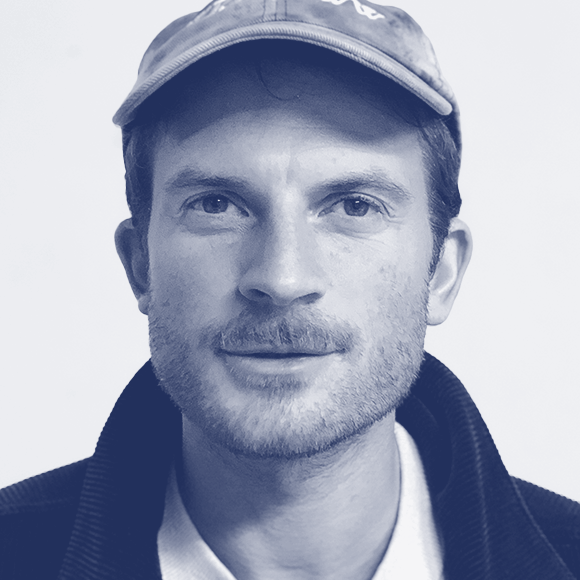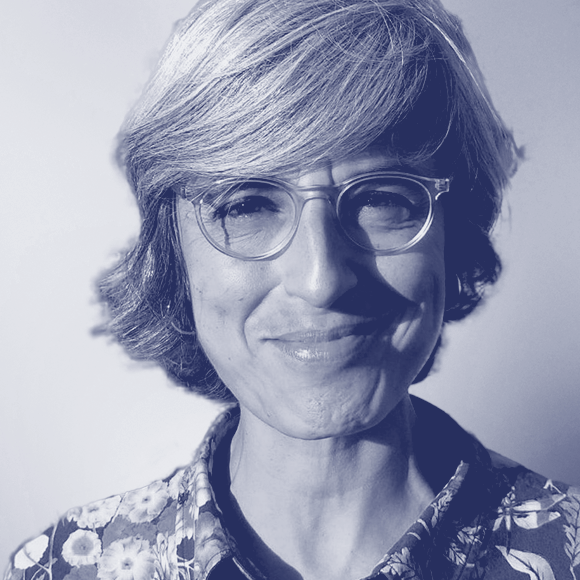The first week of TypeParis is an excellent way to get acquainted with the programme. It provides a snapshot of the many experiences one can expect to enjoy over the coming 5 weeks. So much is covered, that during Week 02 the attendees are already able to draw from a vast bank of knowledge, gathered the week prior.
Week 02 is a transitional one. Expansion of the humanist design, based on the calligraphy workshops with Julien Priez from the first week, as well as beginning in earnest to draw initial shapes for the personal typeface, which will soon become the main focus for the rest of TypeParis.
“…beginning in earnest to draw initial shapes for the personal typeface, which will soon become the main focus for the rest of TypeParis.”
We began the week by greeting a new instructor: Marc Rouault. Marc, along with Jean François Porchez, proceeded to introduce the class to the design space. In the context of type design, this involves exploring the very extremes of a design, whilst maintaining the feel, tension and integrity of the shapes. Possible axes include weight (drawing letters extremely bold, or very light), width (expanded/condensed), contrast (high contrast: an extreme difference between the light and heavy areas of a shape, or low/no contrast), and many more.
Marc attended KABK, a type design masters course in the Hague, Netherlands, in 2016. Erik van Blokland, one of the core instructors at KABK, has a keen interest in the design space, and thus works a lot of this into the course material. This is evident when observing Marc’s student project TroisMille, a very nice typeface. He was an excellent choice to lead the TypeParis attendees into this exercise.

“Preserving curve tension, and finding reference points to ensure the countershape is preserved across the masters, is very important.”
Marc and Jean François started with a demonstration, taking tracing paper and drawing directly over the letters of some of the students, preserving the feel of the shapes whilst making a black version, as well as condensed and high contrast. By doing this as an example, the attendees were able to see and understand how these principles worked, and afterwards produced their own design space explorations. Special emphasis is placed on the ‘inside’ shapes; the counters. Preserving curve tension, and finding reference points to ensure the countershape is preserved across the masters, is very important. Outside contours, stems and serifs also need this treatment, however the counters contribute so significantly to the way the letterforms look, that they are given special attention.
In conjunction with these exercises, the attendees begin putting pencil to paper for their personal projects. Briefs are well-established by now, and the students have been drawing for a week now, so this momentum helps propel them forward, exploring ideas to meet the needs of their briefs. Some opt to continue the work they started on their humanist design. Some have clear historical references, and begin a brand new direction, some are working on a revival, some designs are inspired by reference material found on statue inscriptions, gravestones, signage and more. The projects this year are interesting and diverse.
“…the students have been drawing for a week now, so this momentum helps propel them forward, exploring ideas to meet the needs of their briefs.”

This year Dave Coleman (that’s me!) joined as an instructor, assisting the core instructors and working with the attendees to finesse their ideas and shapes, figuring out possible answers to problems met along the way, and handing out pointers on using the font editor Glyphs.
We were all looking forward to welcoming Laura Meseguer into the classroom on Wednesday. We had the pleasure of meeting her last Sunday at the garden party, which was a great way to break the ice. Wasting no time, Laura got right into critique sessions with small groups. Our guest critics end up spending a very full day providing feedback on designs, and we’re grateful for their hard work, and dedication to helping us improve.
An important lesson many students learn each year, is how to absorb and sift through the—sometimes wildly varying—critique from instructors and guests. Like any creative discipline, type design is highly subjective, and whilst there are important principles that should be followed, there is a lot of room for one’s own personal taste. Not only is it OK to receive differing takes from those whose opinions we respect, it is a positive thing. It helps to provide multiple viewpoints, and push, pull, and stretch our own tastes and approach.
At the end of the day, Laura offered up some last words of wisdom, as we gathered all the work together, and admired the impressive progress from the students! Then together we walked to Le Tank for the second instalment of TPTalks. Laura spoke first, followed by Thomas Petitjean and Hugo Anglane of Spassky Fischer. Visit the wrap up of the night here.
The goal of the following day was to ensure each attendee had a solid direction, to set them up for completing some work over the weekend. Julien and Dave worked with the class in the morning, and Jean François joined Dave in the afternoon. Continued focus on the design space, applying these principles to the personal typeface projects, as well as encouraging an on-going link to calligraphy, so as not to lose the structural integrity of a design, particularly when going digital. The up-coming week is when we will focus more on digitising our letterforms, and introducing more type-in-a-system concepts, such as vertical metrics, font naming, and spacing. Some students have already begun to digitise, however we work closely with them to ensure the design idea is preserved.
“We encourage an on-going link to calligraphy, so as not to lose the structural integrity of a design, particularly when going digital.”
Bibliothèque de l’Arsenal
On Friday morning we visited Bibliothèque de l’Arsenal, with Florence Codet, who walked us through a series of rooms and displays. Bibliothèque de l’Arsenal is a wonderful building in and of itself, and it’s contents are equally fascinating. Stone carvings, ancient relics showing very early examples of writing systems and letterforms, rooms with ornate carvings and paintings, and beautiful printed type (of course!).
After a meal together at a nearby bistro, it was time to wave goodbye and get to work (and maybe a little rest time, to see some more of Paris). See you all on Monday.
— By Dave Coleman
Learn more about TypeParis courses and conferences!
➼ Reports
➼ Type & graphic designers interviews
➼ Attendees feedback series
Apply to TypeParis Summer course!
The deadline for applications is 14 March, every year.
SPONSORS




































